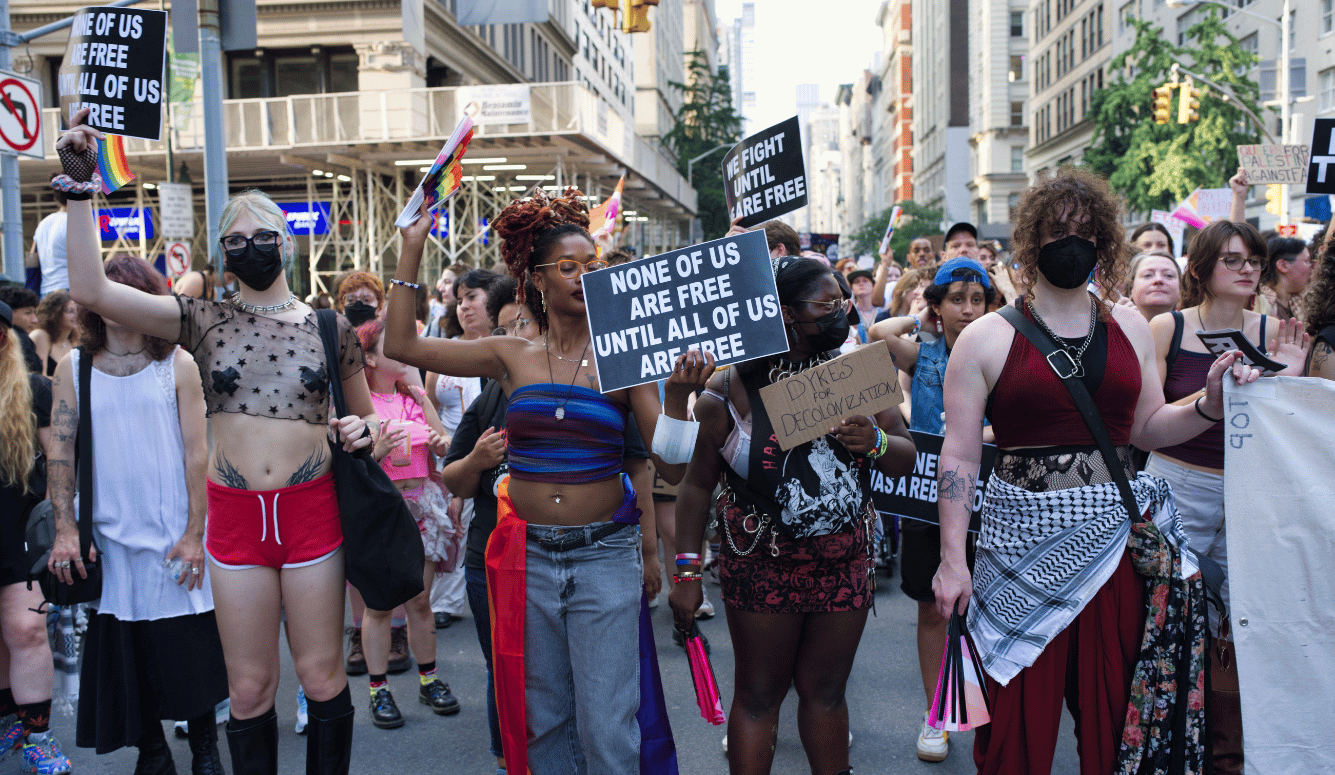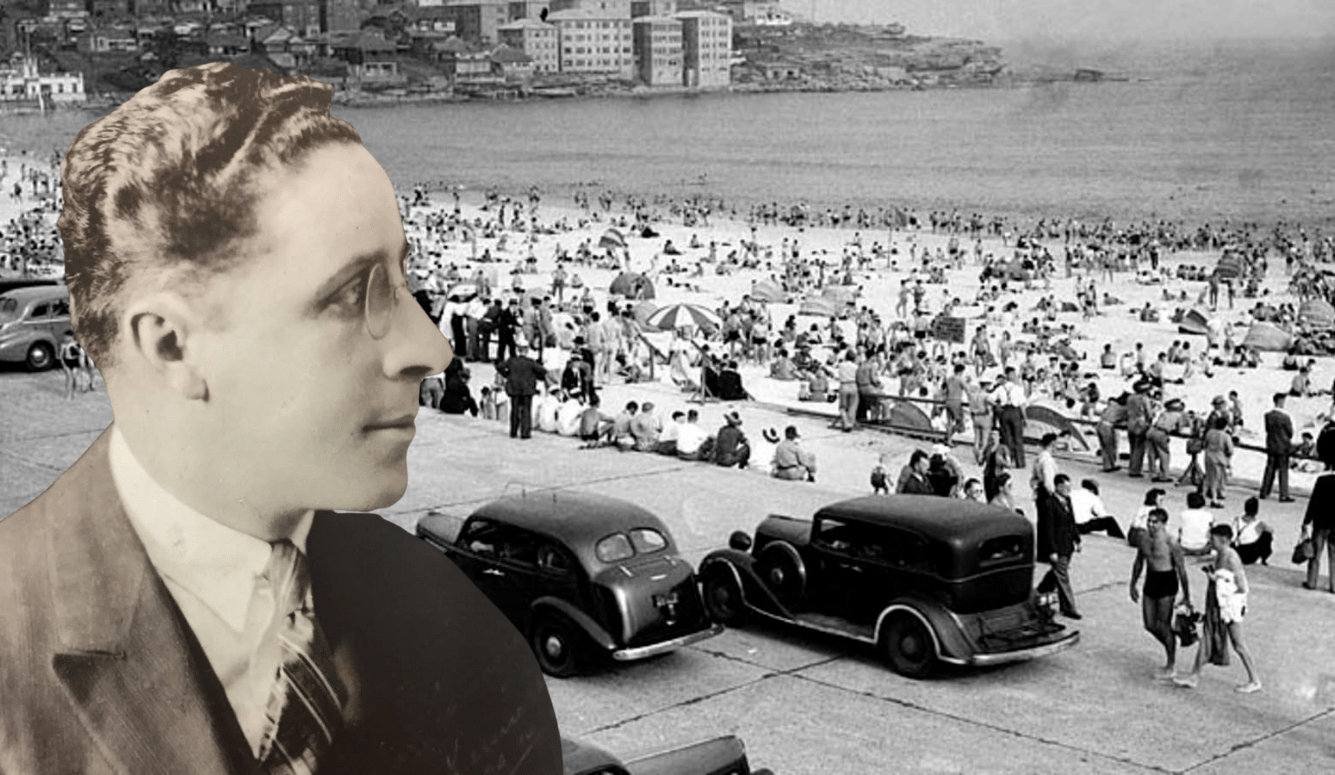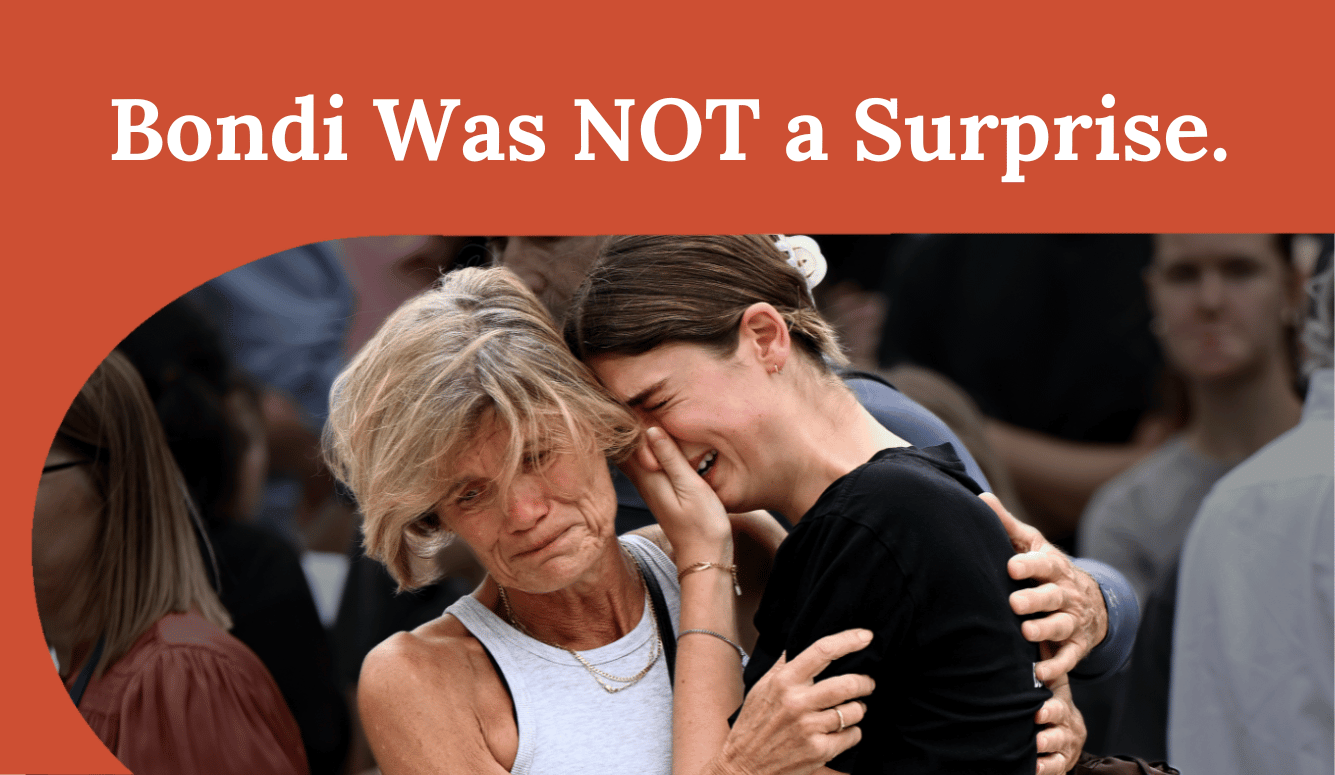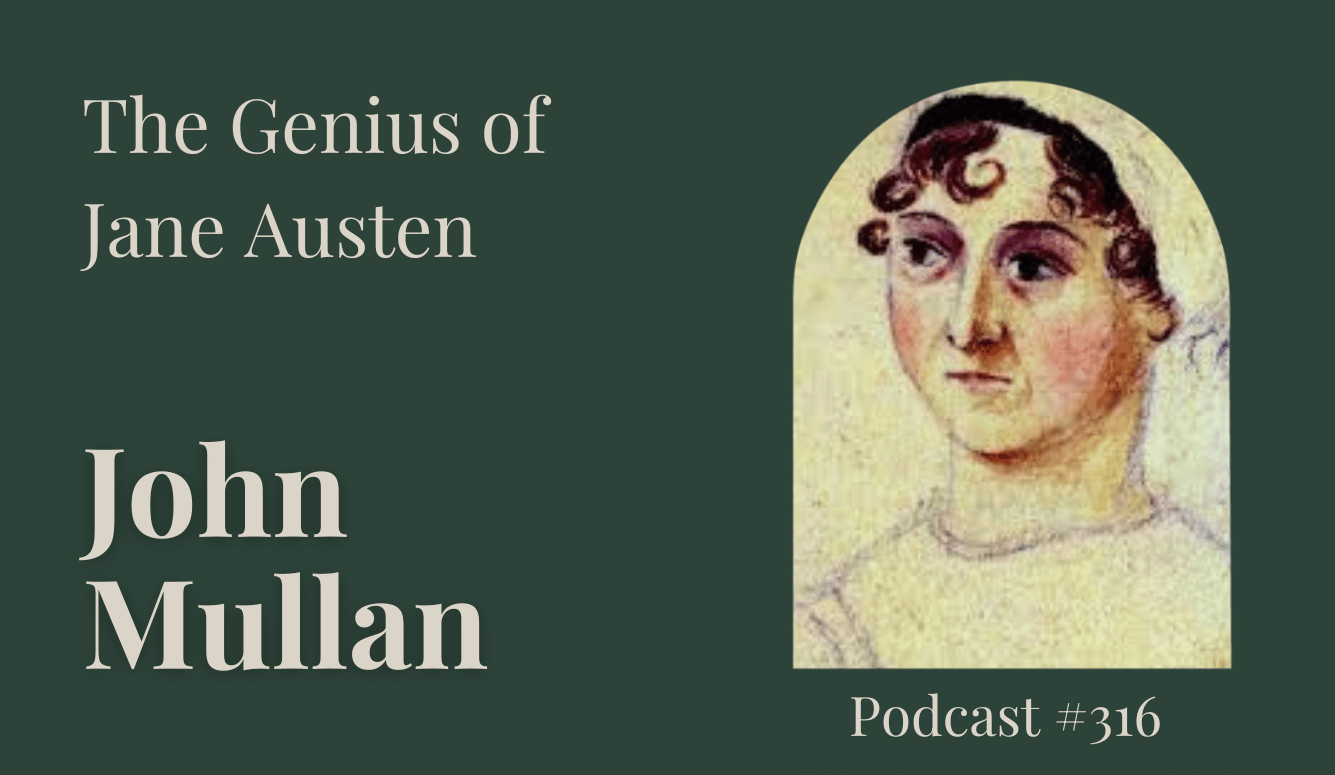Art and Culture
The Feminist, the Filmmaker, and the Führer
Susan Sontag’s 1974 essay about Leni Riefenstahl and fascist aesthetics displayed the critic at her most stiflingly moralistic and aristocratic.
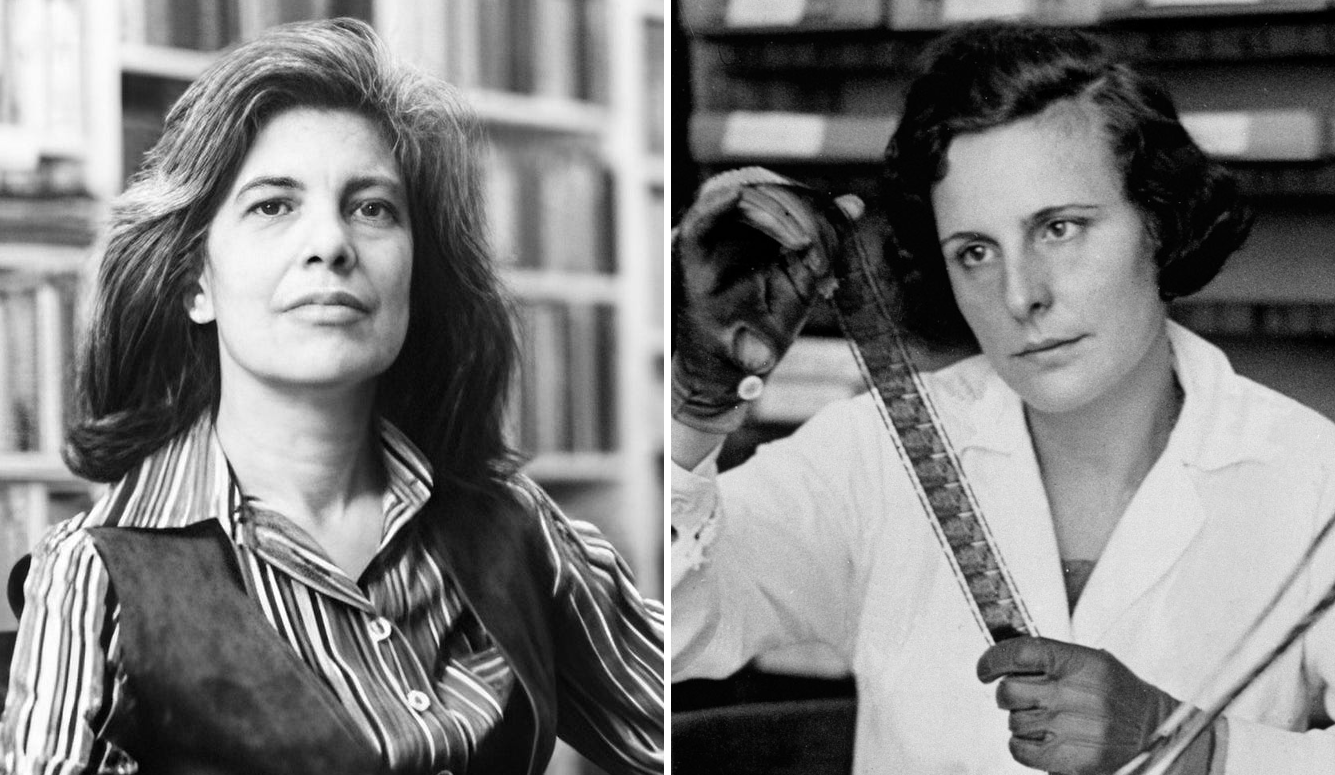
I.
Susan Sontag is a writer worth quoting, and “Fascinating Fascism” is one of her most deliciously sententious essays; an exhortation to share in her disdain for the justifiably reviled figure of Leni Riefenstahl. But beneath the rich supply of aphorism and wit, excoriation and outrage, we find a treacly moralism and naïve disengagement with historical precedent that reverses her earlier praise and defence of the director. It says as much about Sontag’s sensibility as it does about the aesthetic choices of her adversary.
The published versions of that essay—its first appearance in the New York Review of Books in 1974 and its revised publication in Sontag’s 1980 collection, Under the Sign of Saturn—set out to eviscerate “the Führer’s favorite filmmaker” and thereby extinguish any vestigial hopes the auteur had of rehabilitating her image. In making Triumph of the Will, Sontag contended, Riefenstahl had exploited every existing cinematic technique to astonish the viewer, and even contrived some new ones at the 1934 Nuremberg rally. In return, she basked in the fortune of being Hitler’s chosen documentarian and advanced her fortunes with monstrous self-interest.
Ostensibly a double review of Riefenstahl’s lavish coffee-table book on the Nuba of Sudan and a niche collectors’ publication titled SS Regalia, “Fascinating Fascism” is actually an assault on the depths of Riefenstahl’s debt to Hitler and an admonition about the deviant sexual appetites Sontag believed were conjured by Triumph of the Will. As chief propagandist for the Nazi Party, Joseph Goebbels held an unrivalled official position, but Riefenstahl had been personally anointed by Hitler, whose glories were also featured to elegant effect in the two-part documentary Olympia Part One: Festival of the Nations and Olympia Part Two: Festival of Beauty (1938). Hitler’s rise was her rise. Then, when the war ended, Riefenstahl orchestrated a hide-saving campaign of revisionism and denial, furiously abjuring any suggestion of wrongdoing and repudiating the exclusivity of her access: a life story, Sontag decreed, “full of disquieting lies.”
